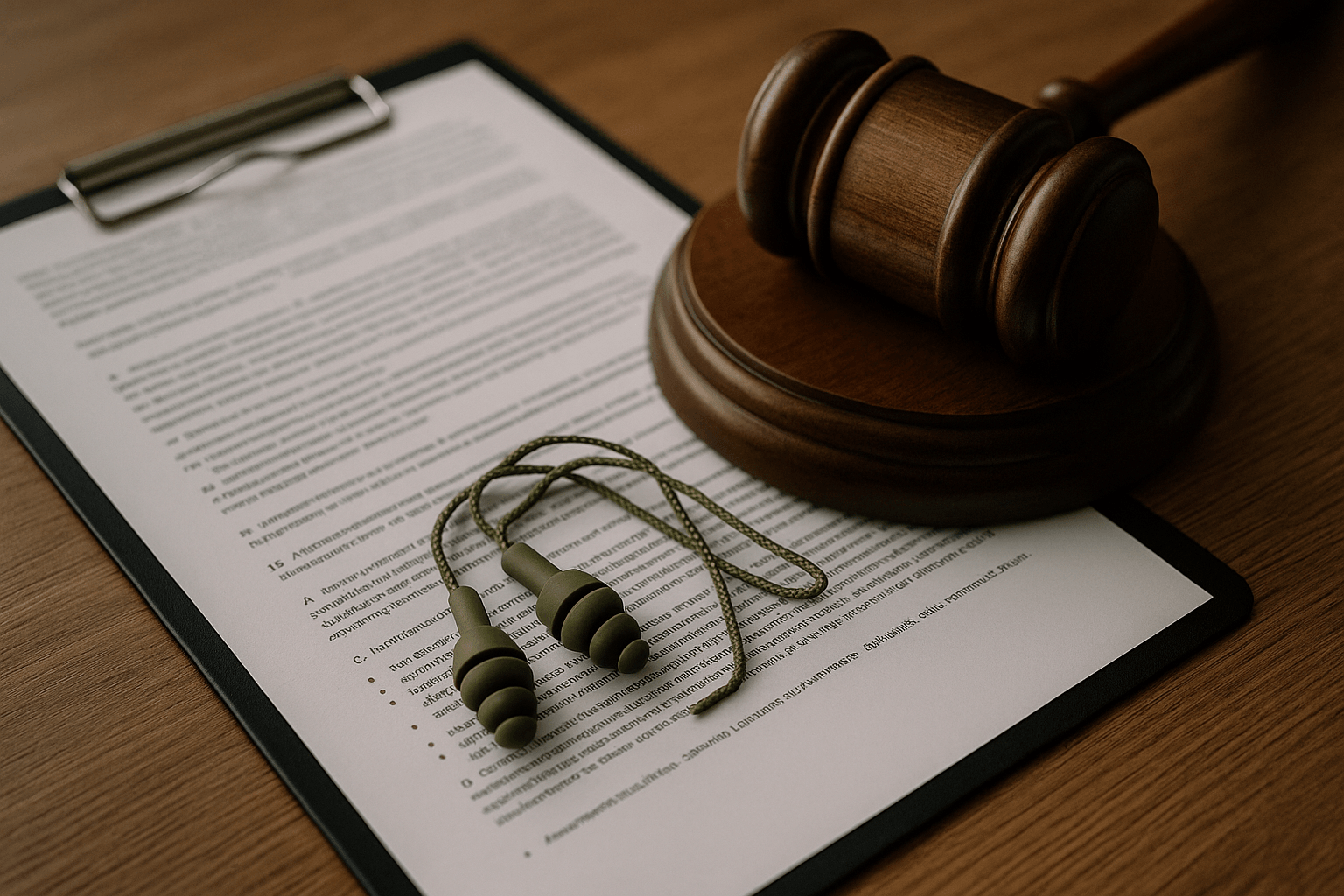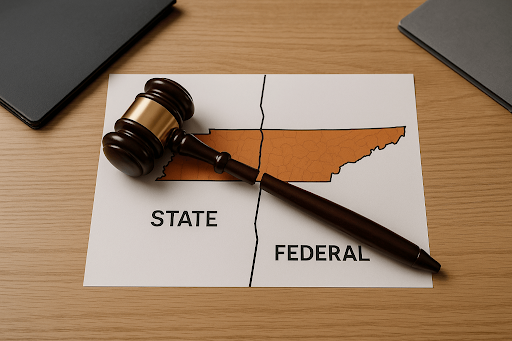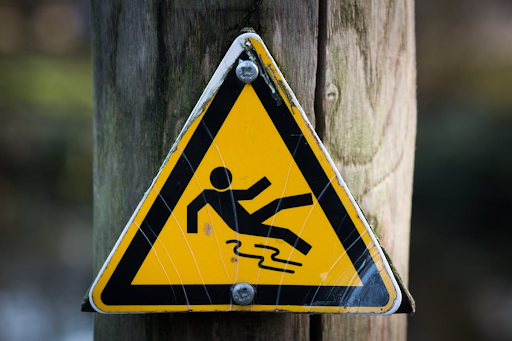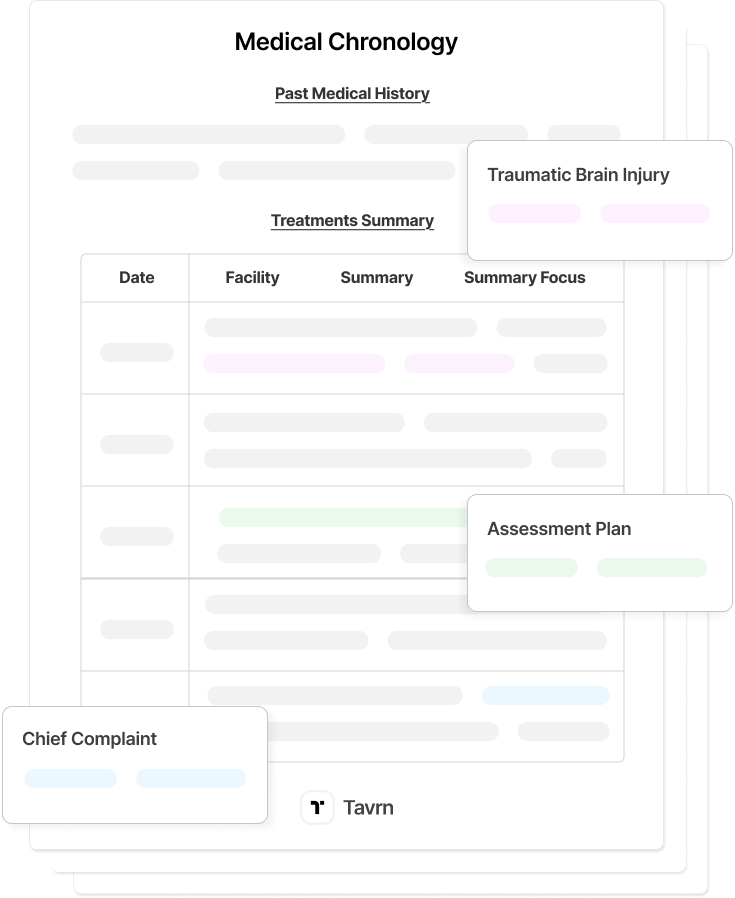Florida operates a sophisticated three-tier punitive damage framework that adjusts caps based on defendant conduct, from standard limits to complete elimination in cases of specific intent to harm.
For legal practitioners, understanding these caps is essential for accurate case valuation, strategic settlement negotiations, and avoiding procedural pitfalls that undermine punitive damage claims. Unlike simpler single-cap jurisdictions, Florida's conduct-based system demands careful analysis of defendant intent and rigorous documentation to maximize recovery.
This article reviews Florida's punitive damage framework in 2025, including statutory limits, procedural rules, recent developments, and key court precedents.
Legal Foundation of Punitive Damage Caps in Florida
Florida's punitive damage authority derives from comprehensive statutory authority under Florida Statutes Chapter 768, reflecting multi-session enactments and amendments, notably in 1986 and 1999.
- Section 768.72 establishes procedural requirements.
- Section 786.725 establishes evidentiary standards.
- Section 768.73 establishes the primary cap structure.
The statutory framework serves dual purposes: punishment of wrongful conduct and deterrence of future misconduct.
Constitutional authority stems from the Florida Constitution, Article III, Section 1, which grants legislative power to enact damage limitations.
Florida courts apply constitutional due process review to punitive awards, as established in Article I, Section 9, while maintaining jury trial rights under Article I, Section 22 through bifurcated trial procedures and prohibition on jury disclosure of statutory caps.
2025 Punitive Damage Caps in Florida
The following damage caps apply in 2025:
General Personal Injury Cases:
- Standard Cap: The greater of three times compensatory damages or $500,000 per claimant applies to standard punitive damage claims under §768.73(1)(a).
This "greater of" calculation ensures claimants receive the higher amount between the multiplier and dollar floor.
- Enhanced Cap: The greater of four times compensatory damages or $2 million per claimant applies when wrongful conduct was motivated solely by unreasonable financial gain and the managing agent had actual knowledge of the wrongful conduct under §768.73(1)(b).
- Specific Intent Exception: Complete cap elimination occurs when defendants had specific intent to harm claimants and actually caused harm under §768.73(1)(c).
Special Exceptions:
- DUI/Intoxication Cases: Caps do not apply to cases under §768.736 where defendants were under the influence of alcohol or controlled substances.
- Abuse Cases: In cases involving vulnerable populations, §768.735 supplants §§768.72(2)-(4), 768.725, and 768.73, imposing its own framework with a cap at three times compensatory damages (subject to a remittitur presumption) and prohibiting jury instruction on that limit.
Judicial Oversight: §768.73(2) prohibits multiple punitive damage awards for identical conduct unless prior awards prove insufficient for punishment.
Uncapped Elements: Statutory caps apply exclusively to punitive damages; compensatory damages, including economic losses and medical expenses, remain unlimited.
Both liability for and amount of punitive damages must satisfy clear and convincing evidence standards. Courts cannot reveal statutory cap amounts to juries during trial proceedings.
Procedural & Evidentiary Requirements for Punitive Damage Cases in Florida
Florida imposes strict procedural compliance requirements for punitive damage claims. Specifically, §768.72 prohibits punitive damage allegations in initial complaints, requiring subsequent motion practice and court approval before amendment based on a reasonable evidentiary showing.
- Standard of proof: Clear and convincing evidence is required for punitive damage entitlement under §768.725, while damage amount determinations apply the preponderance standard.
- Pleading threshold: Courts require reasonable evidentiary showing before permitting punitive damage amendments to complaints.
- Discovery restrictions: No discovery of the defendant's financial worth is permitted until the court allows the punitive-damages claim to be pled.
- Jury instruction requirements: Bifurcated trials are required upon timely motion under Standard Jury Instructions 503.1, separating entitlement and amount phases; absent a timely motion, SJI 503.2 (non-bifurcated) applies, consistent with W.R. Grace & Co. v. Waters.
Courts are prohibited from informing juries about statutory caps under §768.73(4), preserving jury independence while ensuring constitutional compliance.
Recent Developments and Pending Legislation in Florida
No direct amendments to Florida's core punitive damage caps under §768.73 occurred between 2023 and 2025, maintaining the existing three-tiered structure.
Related legislative proposals during this period included:
- Senate Bill 472 (2024) proposed increasing government entity liability caps from $200,000 to $300,000 per individual under sovereign immunity provisions. The bill advanced in committee but did not pass.
- House Bill 1183 (2025) sought to establish cybersecurity liability presumptions and protections in class action breach cases. It did not advance through committee.
Future reforms may further adjust Florida's punitive damage framework through ongoing legislative sessions and judicial constitutional review of existing damage limitation statutes.
Florida Punitive Damage Case Law: Key Examples
The following decisions represent foundational precedent, blockbuster awards, and current proportionality standards in Florida punitive damage cases.
Owens-Corning Fiberglas Corp. v. Ballard (1999): Constitutional Proportionality in Action
In Owens-Corning Fiberglas Corp. v. Ballard, the Florida Supreme Court scrutinized a $31 million punitive damages award arising from asbestos exposure, holding that "while punitive damages serve to punish and deter, they must remain proportionate to compensatory damages and consistent with constitutional due process."
The Court emphasized trial judges' duty to review punitive awards carefully and to order remittitur when awards exceed rational bounds.
This case underscores Florida's longstanding judicial oversight of punitive awards, foreshadowing the statutory reforms that now codify proportionality and cap structures under §768.73.
Engle v. Liggett Group, Inc. (2006): Striking a Blockbuster Award
In Engle v. Liggett Group, Inc., the Florida Supreme Court vacated a $145 billion punitive damages verdict against tobacco companies, holding that "class-wide punitive awards violated both Florida and federal due process requirements, stressing that punitive damages must be individually assessed and tied to actual compensatory findings."
Engle marked a watershed moment in Florida's punitive damages law, illustrating that even when corporate misconduct is egregious, punitive awards cannot escape constitutional proportionality limits.
The decision continues to serve as a reference point in aligning Florida practice with U.S. Supreme Court precedent on excessive punitive damages.
Coates v. R.J. Reynolds Tobacco Co. (2023): Current Proportionality Standards
In Coates v. Reynolds Tobacco Co., the Florida Supreme Court established current constitutional proportionality requirements between punitive and compensatory damages in tobacco wrongful death litigation.
The court's holding clarified due process limitations on excessive awards while maintaining statutory cap authority under §768.73.
This decision provides binding precedent for constitutional review of punitive damage awards across all civil actions in Florida courts.
Building Stronger Punitive Damage Cases in Florida
Florida's three-tiered cap structure and clear-and-convincing evidence standard mean successful punitive damage claims depend on precise procedural compliance, rigorous documentation, and strategic intent analysis.
For personal injury litigation, meeting the enhanced cap or specific intent exception under §768.73(1)(b)-(c) requires comprehensive documentation that clearly establishes defendant conduct and mental state. Proving unreasonable financial gain with managing agent knowledge, or demonstrating specific intent to harm, demands detailed evidence chains showing both the defendant's actions and their subjective awareness.
The discovery restrictions until punitive claims are permitted further demand that attorneys build compelling evidentiary foundations early. This includes organized medical documentation for injury cases, financial records showing corporate decision-making, and witness testimony establishing defendant knowledge and intent.
Legal teams increasingly rely on fast medical record retrieval and structured medical chronologies to build compelling punitive damage cases. Platforms such as Tavrn streamline record review, organize complex evidence timelines, and support stronger arguments for enhanced caps or exceptions.

.webp)
.webp)




















































